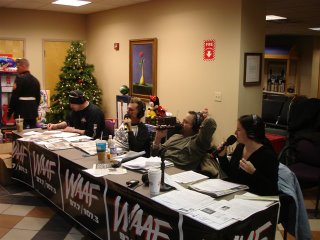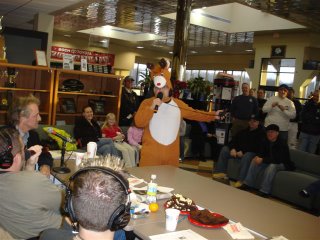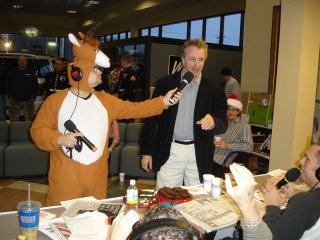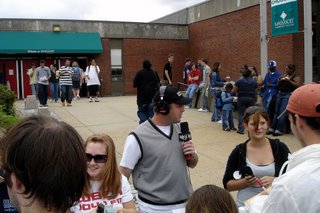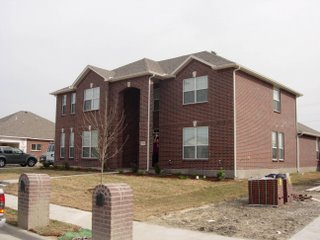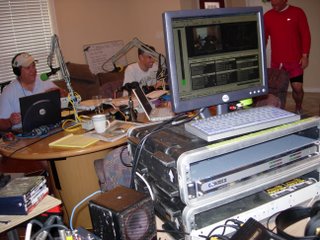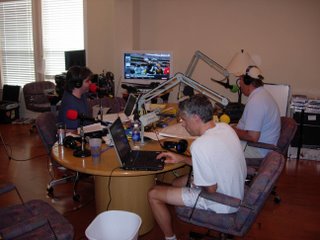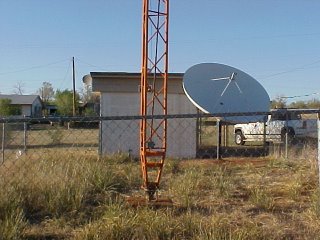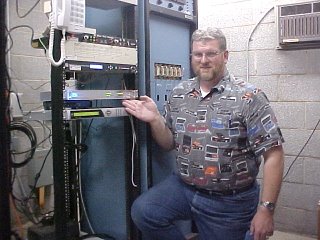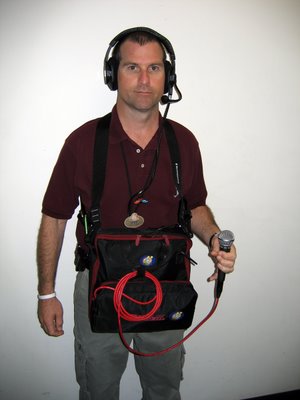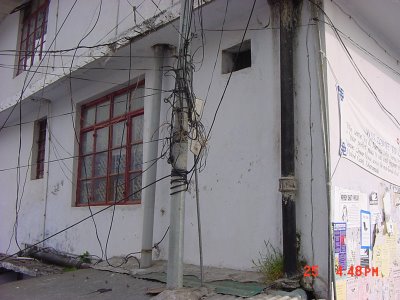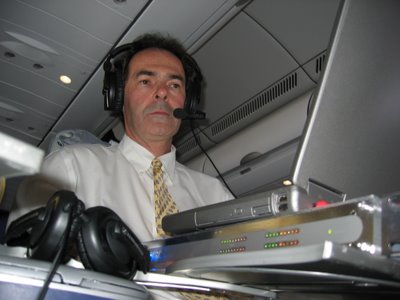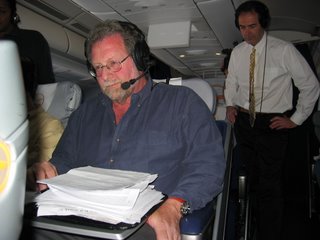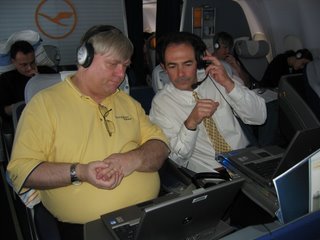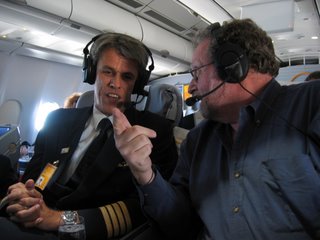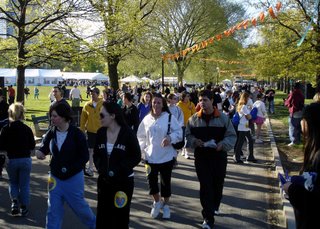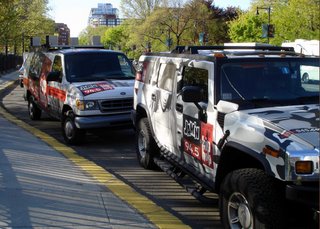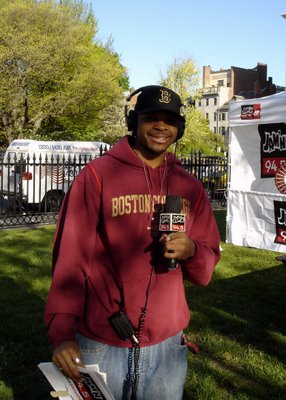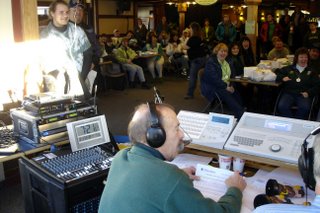"A 15 hour day started at 3am, getting ready for our annual Toys for Tots toy drive. 1 announcer, 1 engineer, 4 interns 1 promotions person, a state senator started a caravan to the Capital Diner in Lynn, MA for th
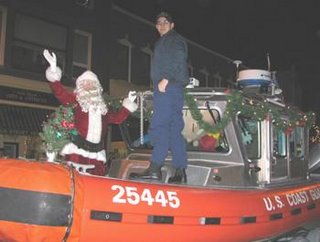 e first of many remotes to held on the same day. (They forgot to feed the engineer!) It turned out to be a a nice day and the Coast Guard even came by with a boat to haul away all the toys. We were using a Matrix with a GSM module. I was amazed that there is still a network here on the Northshore! It functioned with no problems at all. After the diner stop, our caravan of a jeep, an RV (holding the Senator) a Coast Guard safe boat and Santa Clause rolled to a plumbing supply house where we were serenaded by a high school
e first of many remotes to held on the same day. (They forgot to feed the engineer!) It turned out to be a a nice day and the Coast Guard even came by with a boat to haul away all the toys. We were using a Matrix with a GSM module. I was amazed that there is still a network here on the Northshore! It functioned with no problems at all. After the diner stop, our caravan of a jeep, an RV (holding the Senator) a Coast Guard safe boat and Santa Clause rolled to a plumbing supply house where we were serenaded by a high school  choral group. We aired that live as well. We then went an Ice cream stand that even Santa Clause liked! I was afraid that we may lose the network for the Matrix, as we were travelling every back road that is there, but like a trooper, the Matrix held up! Our third stop was a great seafood shack where Engineer Grumpy was finally fed! We stopped in Ipswich to collect the toys from the local bank, where I made the stop at the wrong bank! I ate more cookies than anyo
choral group. We aired that live as well. We then went an Ice cream stand that even Santa Clause liked! I was afraid that we may lose the network for the Matrix, as we were travelling every back road that is there, but like a trooper, the Matrix held up! Our third stop was a great seafood shack where Engineer Grumpy was finally fed! We stopped in Ipswich to collect the toys from the local bank, where I made the stop at the wrong bank! I ate more cookies than anyo ne at the health club where our next stop was. Here we had a few minutes of interference with the the GSM Matrix, but it quickly recovered. We were travelling to Rockport, MA when it was getting dark and the police were waiting for us to give us an escort (lights and siren) into downtown to the greatest candystore you could ever hope for! Our last stop was Downtown Glouster, MA where we actully stopped traffic with Santa Clause riding the Coast Guard safe boat. All our vehicles that day 2 jeeps, 2 boats, an RV and a SUV were full to capicity with toys. Thanks to the portability of the Matrix, we were on the air from each location with a minimum of setup time and hassle. I will always use a Matrix whenever and wherever I can"
ne at the health club where our next stop was. Here we had a few minutes of interference with the the GSM Matrix, but it quickly recovered. We were travelling to Rockport, MA when it was getting dark and the police were waiting for us to give us an escort (lights and siren) into downtown to the greatest candystore you could ever hope for! Our last stop was Downtown Glouster, MA where we actully stopped traffic with Santa Clause riding the Coast Guard safe boat. All our vehicles that day 2 jeeps, 2 boats, an RV and a SUV were full to capicity with toys. Thanks to the portability of the Matrix, we were on the air from each location with a minimum of setup time and hassle. I will always use a Matrix whenever and wherever I can"Frank Kelley - engineering WBOQ
www.wboq.com

